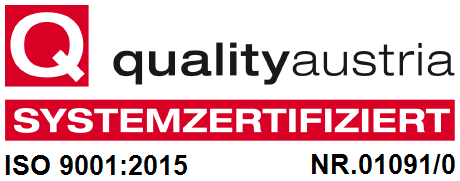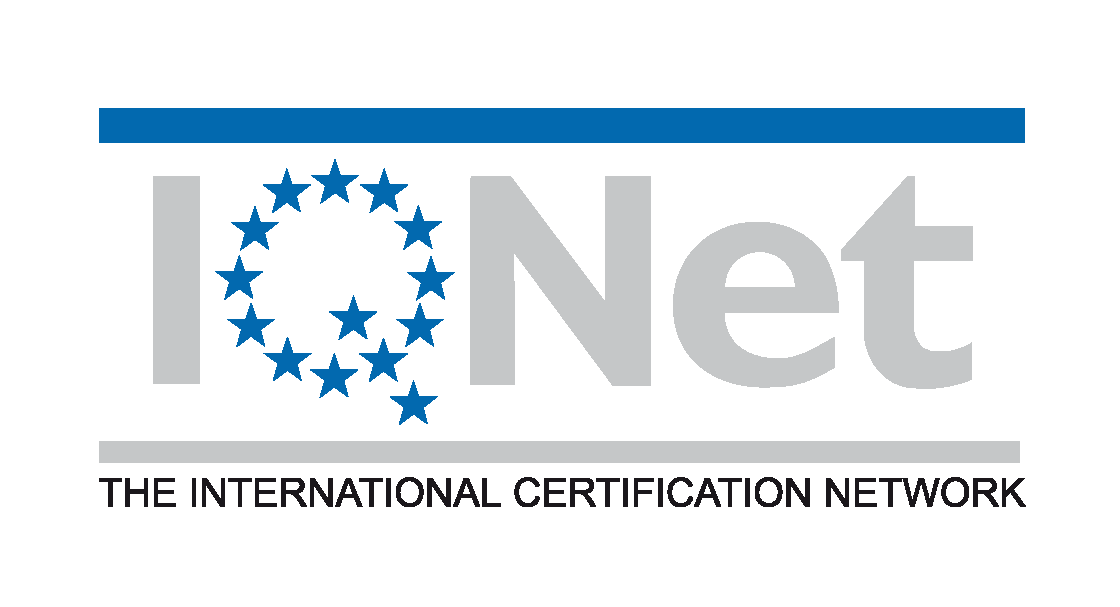Samengewinnung
Samengewinnung
Es gibt grundsätzlich 3 Arten, wie Samenzellen gewonnen werden können:
1. Ejakulation
2. TESE/TESA
3. Samenspende
1. Ejakulation
Die Gewinnung von Samenzellen erfolgt durch Masturbation und Ejakulation von Sperma üblicherweise am Tag der Follikel-Punktion (siehe "Eizell-Entnahme"). Dies ist "auf Befehl" oder unter Zeitdruck und Stress nicht immer leicht möglich. In solchen Fällen kann die Samenprobe von zu Hause mitgebracht werden (Zeitraum zwischen Ejakulation und Abgabe der Samenprobe im IVF Zentrum sollte zwei Stunden nicht überschreiten). Für den Transport tragen Sie die Samenprobe am Körper. Das Ejakulat (Sperma) muss unter hygienischen Bedingungen gewonnen werden. Man sollte Hände und Penis sorgfältig waschen und von Seife befreien. Zum Auffangen der Samenprobe dürfen nur Gefäße verwenden, die von uns beschriftet bereitgestellt werden, da diese getestet und für Spermien ungiftig sind. Kondome sollten auf keinen Fall benutzt werden. Für die Verwendung bei IVF/ICSI/IMSI müssen die Samenzellen speziell aufbereitet werden. Hier werden prinzipiell lebendige und gesunde Samenzellen von übrigen Bestandteilen des Ejakulats (Sperma) getrennt. Dies nimmt in etwa 1-3 Stunden in Anspruch. Durch die Aufbereitung werden unter anderem:
- die besten Spermien isoliert,
- die Konzentration (Dichte) der Samenzellen oft erhöht
- die Spermien aktiviert
- Bakterien und andere unerwünschte Bestandteile des Ejakulats (z.B. Prostaglandine) entfernt.
2. TESE/TESA
Die weltweit erste Schwangerschaft mit Geburt eines gesunden Kindes durch Gewinnung von Samen direkt aus dem Hoden wurde 1993 durch Dr. Pierre Vanderzwalmen erzielt. TESE steht für "Testikuläre Spermien Extraktion", TESA bedeutet "Testikuläre Spermien Aspiration". Beides sind operative Techniken zur Gewinnung von Samenzellen direkt aus dem Hoden. Die TESE kann Anwendung finden, wenn im Ejakulat äußerst wenige (OAT-Syndrom) oder gar keine Samenzellen (Azoospermie) nachweisbar sind, die TESA (weniger invasiv, da perkutan aspiriert wird, wenn z.B. ein Verschluß der Samenleitern vorliegt (obstruktive Azoospermie). Sowohl bei TESE als auch bei TESA werden die Samenzellen mit Hilfe der Mikroinjektion (ICSI/IMSI) in das Zytoplasma der Eizelle eingebracht.
3. Samenspende
Diese Option im Rahmen einer Kinderwunschbehandlung bedeutet, dass mit den Spermien eines anderen Mannes als Spender, der Empfängerin eine Schwangerschaft ermöglicht werden kann. Das kann z.B. in folgenden Situationen (je nach Gesetzeslage) in Frage kommen:
- wenn der Partner keine Samenzellen produziert und auch eine operative Samengewinnung (TESE/TESA) ohne Erfolg bleibt (fallweise kann aus nicht bekannten Ursachen die Hodenfunktion derart gestört sein, dass auch nach operativer Entnahme eines Gewebsstückes aus dem Hoden das Auffinden von Spermien nicht möglich ist, da keine mehr gebildet werden)
- nach operativer Entfernung beider Hoden
- nach einer Chemo- oder Bestrahlungstherapie infolge bösartiger Erkrankungen
- wenn sich ein lesbisches Paar den Kinderwunsch erfüllen möchte
- wenn sich eine alleinstehende Frau (Single) sehnlichst ein Kind wünscht
Alle Details zur medizinischen Indikation, den rechtlichen Rahmenbedingungen sowie zum Ablauf und möglichen Risiken müssen im persönlichen Arztgespräch geklärt werden.
Samenspende in Österreich
Je nach Ausgangslage empfiehlt der Facharzt eine "Künstliche Befruchtung" mit gespendetem Samen. In Österreich darf dabei der Samen auch mittels ICSI-Methode in die Eizelle eingebracht werden. Zudem können lesbische Paare mit Kinderwunsch diese Möglichkeit in Anspruch nehmen.
KONTAKT






